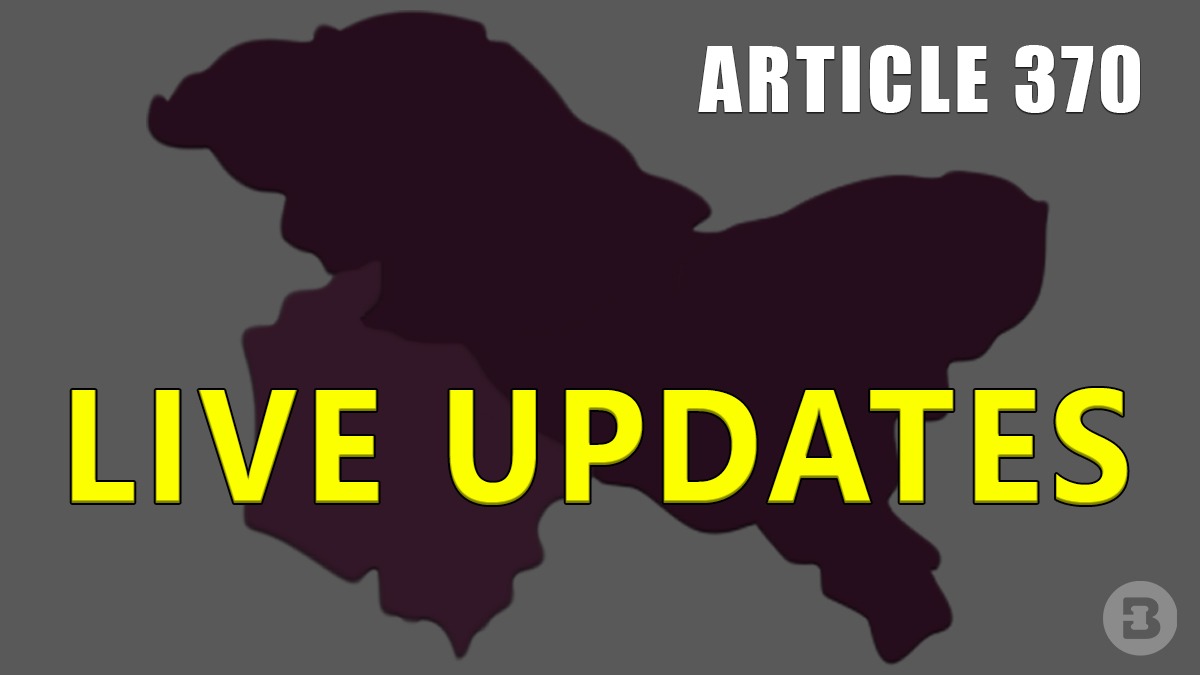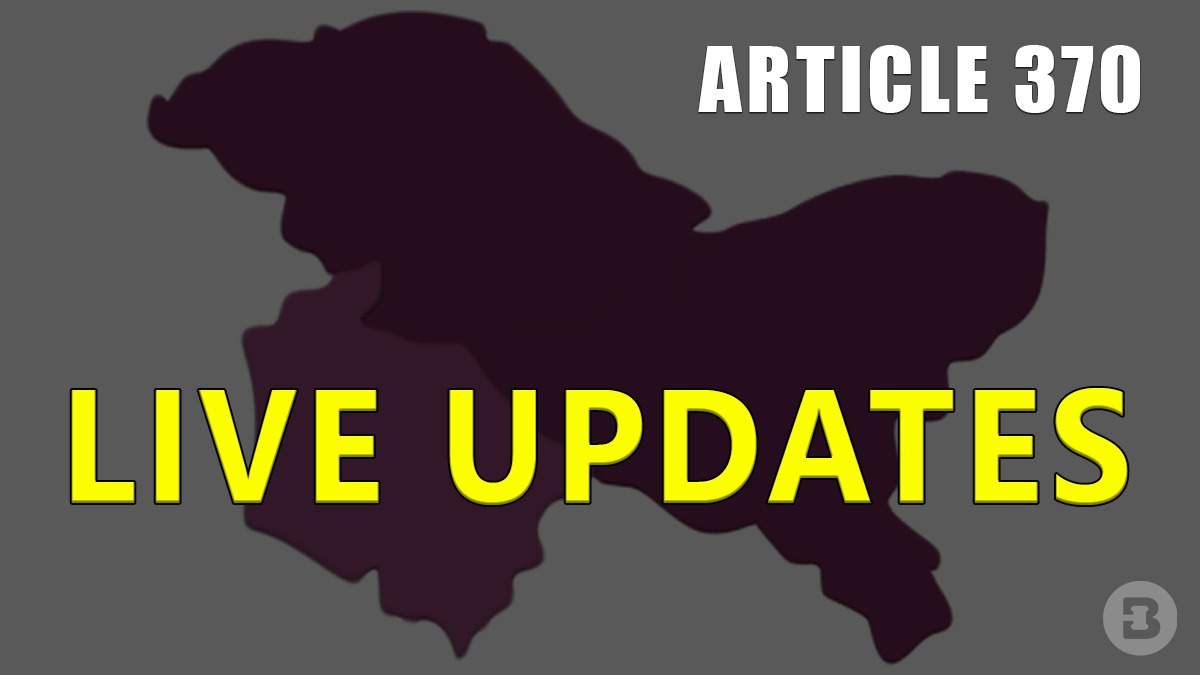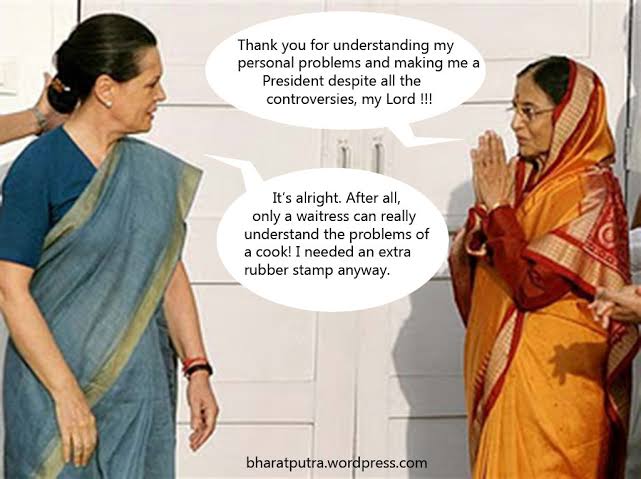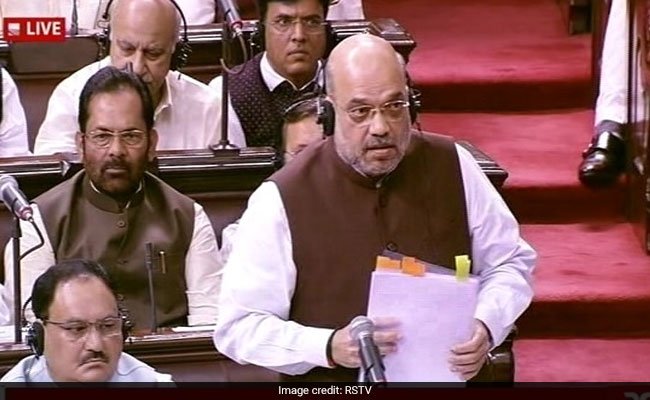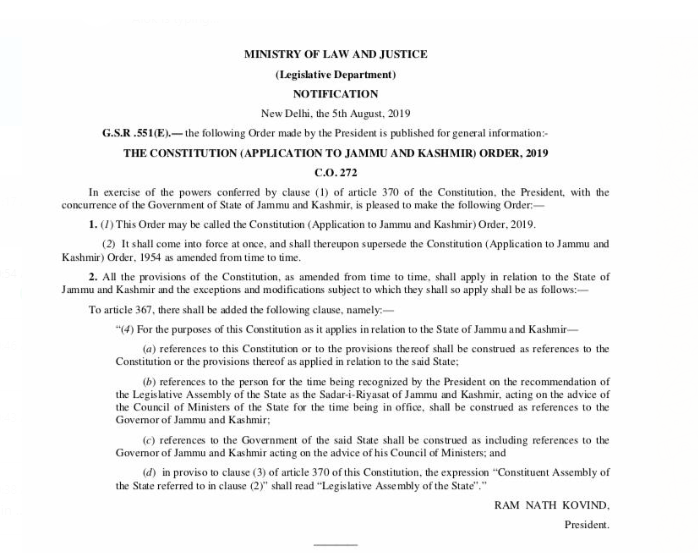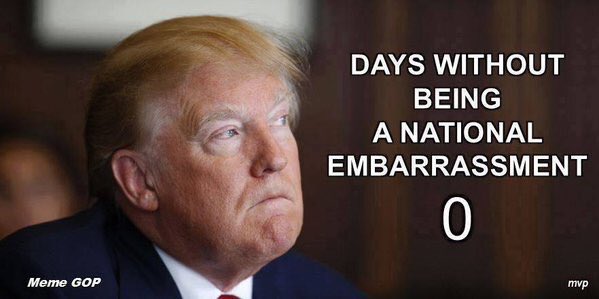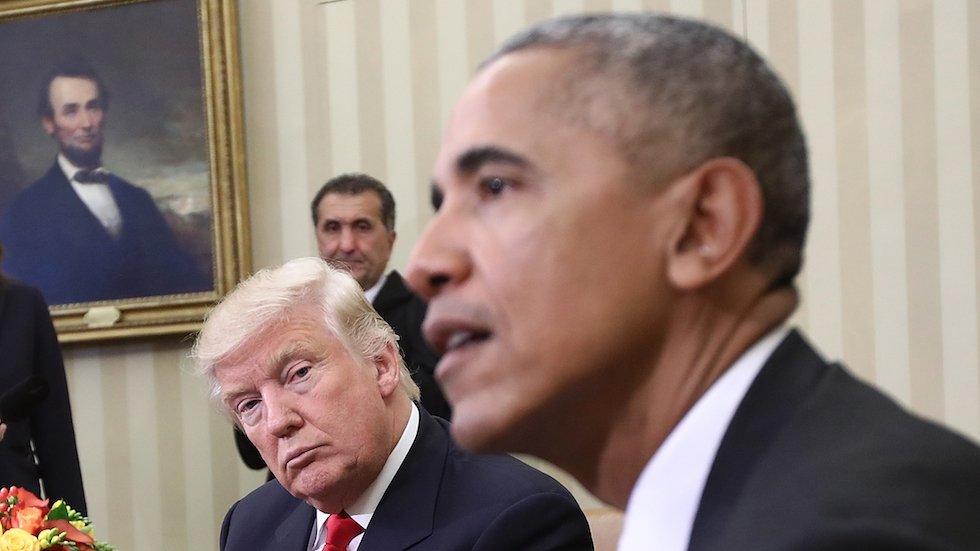Here's what happened on the first day of hearings yesterday @TheQuint
Senior advocate Raju Ramachandran to continue for Shah Faesal, Shehla Rashid et al.
Had been arguing how Presidential Orders & Reorganisation Act had been rushed through @TheQuint
He says LS record shows it was passed without members being given a copy of the Bill.
@TheQuint
Judges suggest this doesn't advance the petitioners' case too far. Ramachandran says he needed to respond to AG's objection. @TheQuint
Ramachandran continues his argument on why the Centre's actions (Presidential Orders + Reorganisation) could not have been carried out during a time of President's Rule under Article 356 of Constitution, as they are irreversible.
@TheQuint
First reads Ambedkar's comments about the power of President's Rule in para 56
@TheQuint

@TheQuint



"The exceptions are not a rule."
@TheQuint

Judges say that Bommai case doesn't deal with exercise of power of President's Rule under Article 356. It only refers to when it can be said that there is a breakdown of constitutional machinery, thereby justifying it's imposition.
@TheQuint
President's Rule imposed to protect the Constitution and it's functioning. When it comes to #JammuAndKashmir , the proclamation of PR mentions preservation of Constitution of J&K as well.
How then can PR be used to do away with the latter?
@TheQuint
Ramachandran agrees, cites further paras in Bommai judgment on how the power must not be abused.
@TheQuint
He concludes this point. Now moves on to the concurrence provided by the Governor to the Presidential Orders. @TheQuint
Ramachandran refers to the Proclamation of President's Rule in December 2018.
Under this, the President says that he assumed to himself the powers exercisable by the Governor of J&K.
@TheQuint

Justice Reddy suggests that the Governor is an agent of the President in such a situation, has to follow the directions of the President. @TheQuint
@TheQuint
The judges are skeptical of this proposition, pointing out that the Governor doesn't lose his powers as Governor under President's Rule
@TheQuint
Judges still not entirely convinced.
@TheQuint
#Article370
@TheQuint
@TheQuint
Going back to CO 272, Ramachandran then said that was done through this was effectively an amendment to the Constitution which has violated 3 features of the Basic Structure
(Contd)
@TheQuint
(2) Democracy - by excluding any representation or participation of the people or their elected representatives
(Contd)
#Article370
@TheQuint
#Article370
@TheQuint
Court rose for lunch at 1 (apologies for the late tweets).
To resume at 2 pm
@TheQuint
CO 272 made changes to how Constitution was to be interpreted re J&K @TheQuint

Cessation required a recommendation by Constituent Assembly of J&K.
The new interpretation by CO 272 said Legislative Assembly = Constituent Assembly.
@TheQuint

Justice Surya Kant asks how the J&K Constituent Assembly was to be reconstituted, given it was dissolved in 1956. Ramachandran says that is not what he has to show.
@TheQuint
Recommending cessation of Article 370 was a constituent power, which was why Section 147 of the J&K Constitution also kept this out of legislature's scope.
@TheQuint
The recommendation they passed to enable CO 273, was "undemocratic for want of the will of the people and for want of public reason."
#JammuAndKashmir
@TheQuint
Ramachandran reads out a passage from AS Anand's book on the #JammuAndKashmir Constitution and its relationship with India @TheQuint

#Article370
@TheQuint
#Article370
@TheQuint
Judges clarify that he means it could have been split into a State of J&K and other UTs but not only UTs.
@TheQuint
Says Supreme Court has power to conduct judicial review of the Centre's actions on the basis of Basic Structure doctrine, as what they did amounted to amendment of the Constitution.
#Article370
@TheQuint
What was done here was a less rigorous procedure, so surely must be subject to judicial review.
@TheQuint
Senior advocate Raju Ramachandran now setting out the case law to support his propositions.
He is going chronologically through cases of the Supreme Court dealing with #JammuAndKashmir and #Article370
@TheQuint
@TheQuint
#Article370
@TheQuint
Hearing has adjourned for the day, to be resumed tomorrow morning. Ramachandran to finish, other lawyers to be heard after court vacation.
Will post details of what Ramachandran was arguing using the Prem Nath Kaul judgment shortly.
@TheQuint
Apologies for the delay. The gist of Ramachandran's argument using the Prem Nath Kaul case is as follows:
He is seeking to use the judgment to set out the original understanding of the framers of the Indian Constitution re Article 370.
@TheQuint
@TheQuint

More to come tomorrow morning.
#Article370 #JammuAndKashmir
@TheQuint








